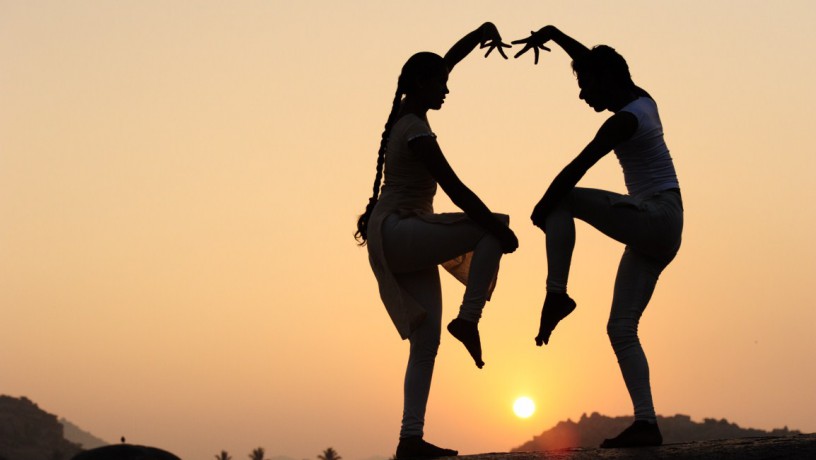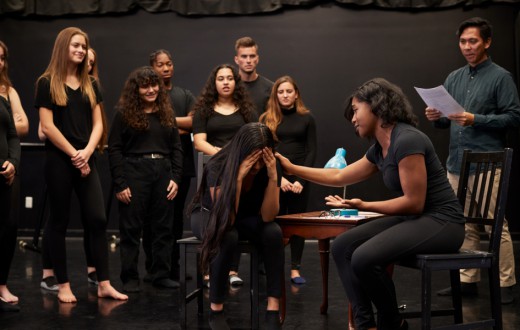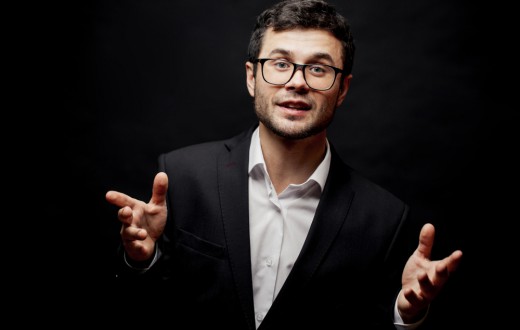The Alexander Technique is a method used to improve movement and posture, reduce tension and stress, and promote overall well-being. It can be very useful for actors, as it can help them become more aware of their physical habits and how those habits may be affecting their performances.
In acting, the Alexander Technique can help actors develop better stage presence and physical expressiveness. The technique focuses on teaching actors to release unnecessary tension in their bodies, allowing for more fluid and natural movement. This can help actors to become more relaxed and confident on stage, and to be more in touch with their emotions and their characters.
Some specific ways that the Alexander Technique is used in acting include:
- Body Awareness: The Alexander Technique teaches actors to become more aware of their bodies and how they move. This can help them to identify and release tension and other physical habits that may be limiting their performances.
- Breath Control: The technique also teaches actors how to use their breath to support their voices and their movements. This can help actors to project their voices more effectively, and to create more dynamic and expressive physical performances.
- Vocal Technique: The Alexander Technique can also be used to improve vocal technique. By teaching actors how to use their breath and release tension in their bodies, they can develop better control over their voices and create more nuanced and emotionally impactful performances.
Overall, the Alexander Technique can be a powerful tool for actors looking to improve their performances. By becoming more aware of their bodies, their breath, and their physical habits, actors can become more expressive and confident on stage, and create more dynamic and engaging performances for their audiences.
There are many exercises that are used in teaching the Alexander Technique, but here are a few examples:
- Constructive Rest: This is a simple exercise where the student lies down on their back with their knees bent and their feet flat on the floor. The idea is to allow the body to release any unnecessary tension and to let gravity do its work. The teacher may guide the student through a series of mental prompts, such as visualizing the body sinking into the ground, releasing tension in the neck and shoulders, and breathing deeply.
- Whispered “Ah”: In this exercise, the student stands with their feet shoulder-width apart and their arms relaxed at their sides. The teacher instructs the student to make a “sshhh” sound and then to whisper the sound “ah” while releasing tension in the neck and shoulders. This exercise can help to improve breath control and vocal technique.
- Monkey: This exercise involves imitating the movement of a monkey, with loose, floppy arms and legs. The student moves around the room, focusing on releasing tension in the joints and allowing the body to move freely. This exercise can help to improve overall body awareness and loosen up tight muscles.
- Body Mapping: This exercise involves using visualizations and mental imagery to become more aware of the body and its movements. The teacher may guide the student through a series of prompts, such as imagining a string pulling the head up towards the ceiling, or visualizing the spine as a long, flexible tube.
- Chair Work: This exercise involves sitting in a chair and becoming aware of the body’s contact with the chair and the ground. The teacher may guide the student through a series of prompts, such as feeling the sit bones on the chair, releasing tension in the neck and shoulders, and imagining the head floating upwards.
There are many famous actors who have used the Alexander Technique to improve their performances. Some of these actors include:
- Judi Dench: The renowned British actress has been a proponent of the Alexander Technique for many years and has spoken about its benefits in interviews.
- Kevin Kline: The Academy Award-winning actor has used the Alexander Technique throughout his career to help him maintain good posture and reduce stress and tension.
- John Cleese: The comedian and actor has credited the Alexander Technique with helping him to improve his physical performance and maintain his energy levels on stage.
- Paul Newman: The late actor and philanthropist was a strong supporter of the Alexander Technique and helped to establish the American Society for the Alexander Technique in the 1980s.
- Ian McKellen: The British actor has spoken about how the Alexander Technique has helped him to maintain good posture and avoid back pain during his long career in theater and film.
- Maggie Smith: The acclaimed actress has been a longtime advocate of the Alexander Technique and has spoken about how it has helped her to stay grounded and focused on stage.







